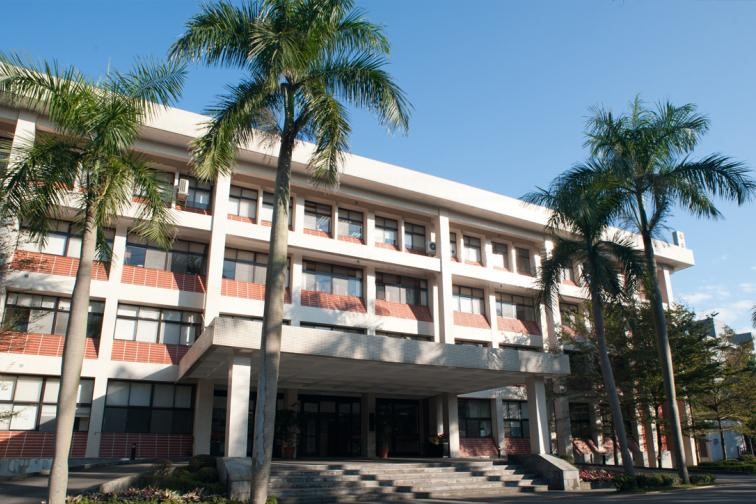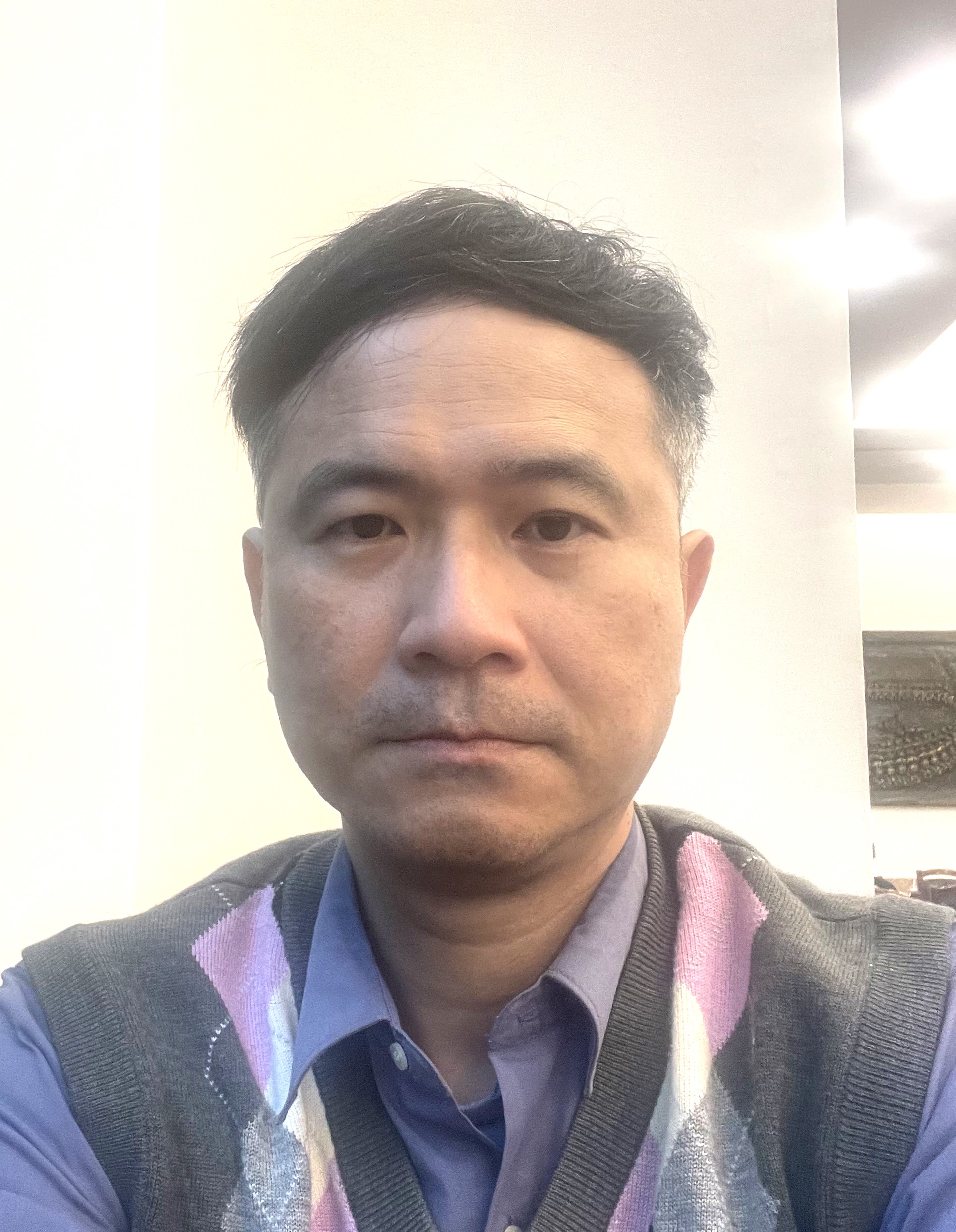- 演講或講座
- 生物醫學科學研究所
- 地點
生醫所地下室B1C演講廳
- 演講人姓名
葉勇信博士 (長庚紀念醫院)
- 活動狀態
確定
- 活動網址
Atrial fibrillation (AF) and dysfunction of arteriovenous fistulas (AVFs) for hemodialysis are two major cardiovascular problems. Recent research has uncovered common pathways driving fibrosis and stenosis in both conditions - namely, endothelial-mesenchymal transition (EndMT).
In AF patients, elevated TGF-β induces miR-181b which decreases semaphorin 3A (Sema3A), increasing EndMT. This EndMT causes atrial fibrosis, contributing to AF development. Administration of a miR-181b antagomir or recombinant Sema3A in mice with TGF-β overexpression increased Sema3A, reduced EndMT markers, decreased atrial fibrosis, and lowered AF vulnerability. Thus, TGF-β triggers EndMT via miR-181b downregulation of Sema3A, promoting atrial fibrosis and AF. Boosting Sema3A or inhibiting miR-181b could potentially treat AF.
In hemodialysis patients, AVF dysfunction from neointimal hyperplasia and venous stenosis limits vascular access for life-sustaining dialysis. Rapid cell proliferation and elastin degradation drive this stenosis. Inflammation after AVF thrombosis exacerbates restenosis after treatment. Disturbed blood flow at the AVF juxta-anastomotic region induces EndMT through the osteopontin/CD44 pathway. This EndMT again leads to neointimal hyperplasia and venous stenosis. Targeting this pathway may prevent AVF dysfunction.
Therefore, in both AF and AVF dysfunction, EndMT results in tissue fibrosis and vascular stenosis. Therapeutics targeting the EndMT signaling axis - whether by increasing Sema3A or inhibiting miR-181b for AF, or blocking osteopontin/CD44 in AVFs - may alleviate these cardiovascular conditions. Further research should explore these potential EndMT-targeting treatment strategies. Conclusively, the common involvement of EndMT identifies it as a key process induced by fibrillating atria and hemodynamic disturbance that leads to detrimental cardiac and vascular fibrosis/stenosis in AF and AVF dysfunction.









 首頁
首頁

